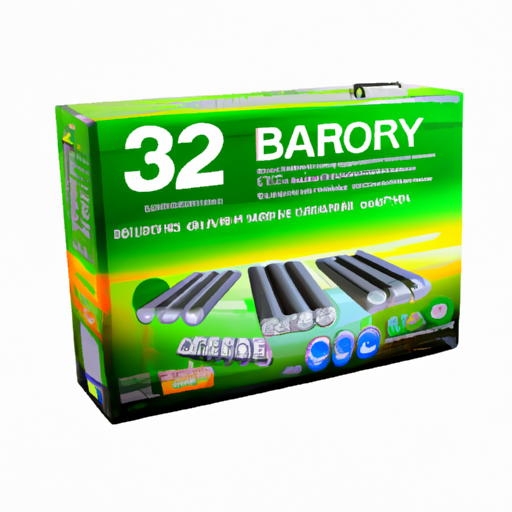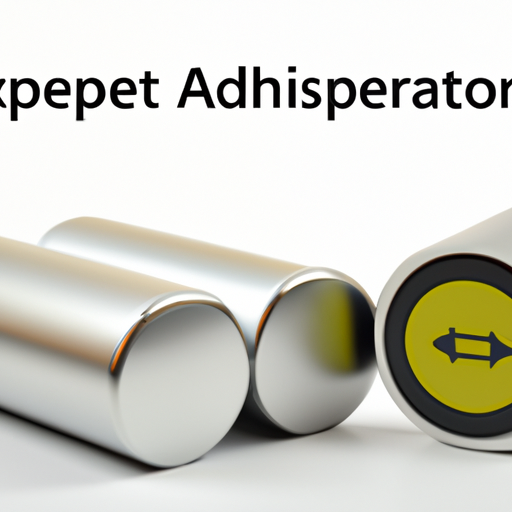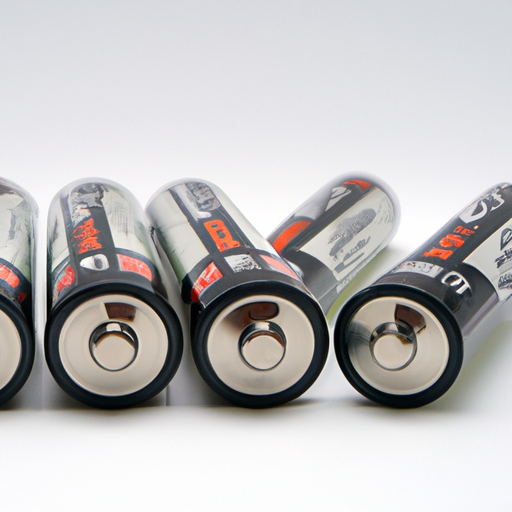Common Production Processes for Resistors
I. Introduction
Resistors are fundamental components in electronic circuits, serving the crucial role of controlling the flow of electric current. By providing resistance, they help to regulate voltage and current levels, ensuring that electronic devices function correctly and safely. Given their importance, understanding the production processes behind resistors is essential for anyone involved in electronics, whether as a hobbyist, engineer, or manufacturer. This blog post will explore the common production processes for various types of resistors, the materials used, quality control measures, environmental considerations, and future trends in resistor manufacturing.
II. Types of Resistors
Resistors can be broadly categorized into fixed and variable types, each serving different functions in electronic circuits.
A. Fixed Resistors
1. **Carbon Composition Resistors**: These resistors are made from a mixture of carbon and a binding material. They are known for their high energy absorption and are often used in applications where high pulse loads are expected.
2. **Film Resistors**: This category includes:
- **Carbon Film Resistors**: Made by depositing a thin layer of carbon on a ceramic substrate, these resistors offer better stability and tolerance than carbon composition resistors.
- **Metal Film Resistors**: These resistors use a thin layer of metal, providing superior accuracy and stability.
- **Thin Film vs. Thick Film**: Thin film resistors are made using precise deposition techniques, while thick film resistors are produced by screen printing a paste onto a substrate.
3. **Wirewound Resistors**: Constructed by winding a metal wire around a core, these resistors can handle high power levels and are often used in high-precision applications.
B. Variable Resistors
1. **Potentiometers**: These resistors allow for adjustable resistance and are commonly used in volume controls and tuning circuits.
2. **Rheostats**: Similar to potentiometers but designed to handle higher currents, rheostats are used in applications requiring variable resistance.
C. Specialty Resistors
1. **Thermistors**: Temperature-sensitive resistors that change resistance with temperature variations, commonly used in temperature sensing applications.
2. **Photoresistors**: Also known as LDRs (Light Dependent Resistors), these components change resistance based on light exposure, making them useful in light-sensing applications.
III. Raw Materials Used in Resistor Production
The production of resistors involves various raw materials, primarily conductive and insulating materials.
A. Conductive Materials
1. **Carbon**: Used in carbon composition and carbon film resistors, carbon provides a stable and cost-effective means of resistance.
2. **Metal Oxides**: Commonly used in film resistors, metal oxides offer high stability and temperature coefficients.
3. **Metal Alloys**: Utilized in wirewound resistors, metal alloys provide durability and high-temperature resistance.
B. Insulating Materials
1. **Ceramics**: Often used as substrates for film resistors, ceramics provide excellent insulation and thermal stability.
2. **Epoxy Resins**: Used for coating and encapsulating resistors, epoxy resins protect against environmental factors.
3. **Plastics**: Employed in various resistor types for insulation and housing, plastics are lightweight and cost-effective.
IV. Common Production Processes
The production processes for resistors vary depending on the type being manufactured. Here, we will explore the common processes for carbon composition resistors, film resistors, wirewound resistors, and variable resistors.
A. Carbon Composition Resistors
1. **Mixing Raw Materials**: The production begins with mixing carbon powder with a binding agent to create a homogenous mixture.
2. **Molding and Shaping**: The mixture is then molded into the desired shape, typically cylindrical, and allowed to set.
3. **Curing and Finishing**: After molding, the resistors undergo a curing process to harden the material, followed by finishing steps such as trimming and coating.
B. Film Resistors
1. **Substrate Preparation**: A ceramic substrate is prepared, cleaned, and coated with a thin layer of conductive material.
2. **Thin Film Deposition Techniques**: Techniques such as sputtering or Chemical Vapor Deposition (CVD) are employed to deposit a precise layer of resistive material onto the substrate.
3. **Laser Trimming for Precision**: After deposition, laser trimming is used to achieve the desired resistance value by removing excess material.
C. Wirewound Resistors
1. **Wire Winding Techniques**: A metal wire is wound around a ceramic or fiberglass core, with the number of turns determining the resistance value.
2. **Core Preparation**: The core is prepared to ensure it can withstand the heat generated during operation.
3. **Insulation and Coating**: The wound resistor is insulated and coated to protect against environmental factors and ensure safety.
D. Variable Resistors
1. **Construction of the Resistive Element**: The resistive element is constructed using a suitable material, often a carbon or metal film.
2. **Assembly of Moving Parts**: For potentiometers and rheostats, moving parts are assembled to allow for adjustable resistance.
3. **Testing and Calibration**: Each variable resistor undergoes testing and calibration to ensure it meets specified resistance values.
V. Quality Control in Resistor Production
Quality control is a critical aspect of resistor production, ensuring that each component meets industry standards and performs reliably.
A. Importance of Quality Control
Quality control helps to identify defects early in the production process, reducing waste and ensuring that only high-quality resistors reach the market.
B. Testing Methods
1. **Electrical Testing**: Resistors are subjected to electrical testing to verify their resistance values and performance under various conditions.
2. **Environmental Testing**: Resistors are also tested for their performance in different environmental conditions, such as temperature and humidity, to ensure reliability.
C. Standards and Certifications
Manufacturers often adhere to international standards and certifications, such as ISO 9001, to demonstrate their commitment to quality and reliability.
VI. Environmental Considerations
As the electronics industry evolves, so do the environmental considerations associated with resistor production.
A. Sustainable Materials and Processes
Manufacturers are increasingly exploring sustainable materials and processes to reduce their environmental impact. This includes using recycled materials and eco-friendly production methods.
B. Waste Management in Resistor Production
Effective waste management practices are essential to minimize the environmental footprint of resistor production. This includes recycling scrap materials and properly disposing of hazardous substances.
C. Regulations and Compliance
Manufacturers must comply with environmental regulations, such as RoHS (Restriction of Hazardous Substances), to ensure that their products are safe for consumers and the environment.
VII. Future Trends in Resistor Production
The resistor manufacturing industry is poised for significant advancements in the coming years.
A. Advances in Materials Science
Research into new materials, such as nanomaterials and advanced composites, is expected to lead to the development of resistors with improved performance characteristics.
B. Automation and Industry 4.0
The integration of automation and Industry 4.0 technologies will streamline production processes, enhance efficiency, and reduce costs.
C. Miniaturization and Integration with Other Components
As electronic devices become smaller and more complex, the demand for miniaturized resistors that can be integrated with other components will continue to grow.
VIII. Conclusion
In summary, resistors play a vital role in electronic circuits, and understanding their production processes is essential for anyone involved in the field. From the various types of resistors to the raw materials used and the production methods employed, each aspect contributes to the overall performance and reliability of these components. As the industry evolves, quality control, environmental considerations, and future trends will shape the landscape of resistor manufacturing. By staying informed about these developments, manufacturers and consumers alike can ensure that they are making informed choices in the ever-changing world of electronics.













